For high-frequency PCB designs, selecting the best substrate material is essential to maintain signal integrity and prevent degradation. The top 10 materials for high-frequency applications include Rogers RO3003, Neltec NH9336, Arlon AD250, Taconic TLC-30, Isola FR408HR, Astra MT77, Shengyi SF303, Panasonic MEGTRON6, and Dupont Pyralux LF. These materials offer exceptional electrical and thermal properties, ensuring minimal signal loss and high signal integrity. To harness the full potential of your high-frequency PCB design, it is vital to explore the unique characteristics of each material, and understand how they can be utilized to achieve top performance.
Key Takeaways
- Rogers RO3003 substrate material offers a low dielectric constant and loss tangent, making it ideal for RF and microwave circuits up to 30 GHz.
- Neltec NH9336 material features a controlled thermal expansion coefficient, ensuring signal integrity in high-speed designs and high-frequency applications.
- Low dielectric constant values (Dk) ranging from 3.36 to 3.66 minimize signal delay and dispersion in high-frequency PCB applications.
- Arlon AD250 substrate material is a top choice for high-frequency PCB designs, offering a low loss tangent and dielectric constant of 2.5 for peak performance.
- Taconic TLC-30 material features an exceptionally low dielectric constant (Dk) of 3.0, guaranteeing minimal signal loss in high-frequency PCB designs.
Rogers RO3003 Substrate Material
With its unique combination of electrical and mechanical properties, Rogers RO3003 substrate material has established itself as a preferred choice for high-frequency applications. This high-frequency laminate boasts a dielectric constant (Dk) of 3.0 +/- 0.04, making it an ideal substrate for RF and microwave circuits operating at frequencies up to 30 GHz. The low loss tangent of 0.0013 further enhances its suitability for high-frequency applications, minimizing signal attenuation and guaranteeing peak performance.
The dimensional stability of Rogers RO3003 substrate material provides a reliable platform for high-speed digital and high-frequency RF applications. Its uniform mechanical properties ensure consistent performance, even in demanding environments. The combination of high performance and stability makes Rogers RO3003 an attractive option for designers seeking to optimize the performance of their high-frequency circuits.
Whether in high-speed digital or RF and microwave applications, Rogers RO3003 substrate material is a reliable choice for achieving exceptional results.
Neltec NH9336 High Frequency Material
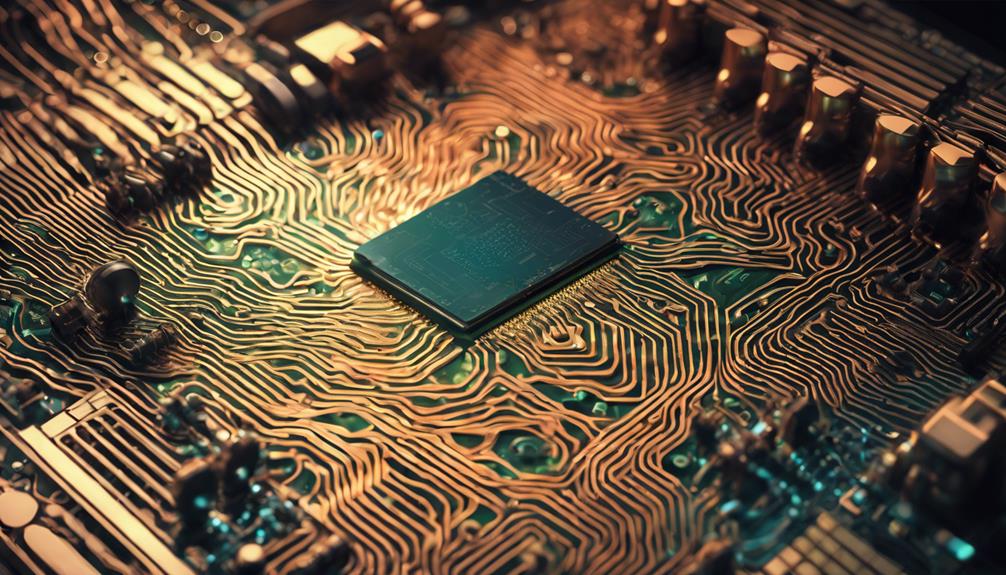
The Neltec NH9336 high-frequency material is characterized by its exceptional dielectric properties, thermal stability, and signal transmission performance, making it an ideal choice for high-speed digital and RF/microwave applications.
The material's dielectric constant value of 3.48, along with its low dissipation factor, guarantees reliable signal transmission with minimal signal loss.
Additionally, its thermal expansion control and signal integrity performance make it a popular choice for high-frequency PCB designs.
Dielectric Constant Values
Neltec NH9336 high frequency material boasts a remarkably low dielectric constant (Dk) ranging from 3.36 to 3.66, an essential characteristic for high-frequency PCB applications. This low Dk value enables the material to minimize signal delay and dispersion, guaranteeing excellent signal integrity and impedance control in high-frequency design.
The low dielectric constant of Neltec NH9336 also facilitates the design of high-frequency PCBs with controlled impedance, allowing for precise signal transmission and reduced signal loss.
In high-frequency design, the choice of materials is critical, and Neltec NH9336's low Dk value makes it an ideal substrate material for high-frequency PCBs. The material's low dielectric constant also enables the design of high-frequency circuits with improved signal integrity, reduced noise, and minimized signal reflections.
Additionally, Neltec NH9336's low Dk value ensures that the material can handle high-frequency signals with minimal signal attenuation, making it a reliable choice for high-frequency PCB design.
Thermal Expansion Control
Precise thermal expansion control is essential in high-frequency PCB designs to prevent signal degradation, and Neltec NH9336's carefully matched coefficient of thermal expansion (CTE) with copper foil guarantees excellent performance. This material's controlled thermal expansion properties ensure that it can maintain its structural integrity even in extreme temperature fluctuations, making it an ideal choice for high-frequency applications.
Neltec NH9336 is specifically designed to provide precise thermal expansion control, which is important in high-frequency PCB designs where signal degradation can occur due to thermal stress. By matching the CTE with copper foil, Neltec NH9336 minimizes the risk of thermal expansion-related issues, ensuring reliable signal transmission and maintaining signal integrity.
The controlled thermal expansion properties of Neltec NH9336 make it an attractive option for high-frequency applications where thermal management is crucial. With its low dielectric constant and low dissipation factor, Neltec NH9336 is well-suited for high-frequency circuits that require precise thermal expansion control to prevent signal degradation.
Signal Integrity Performance
Optimized for high-speed signal transmission, Neltec NH9336's exceptional signal integrity performance is attributed to its low dielectric constant and dissipation factor, guaranteeing minimal signal loss and distortion in high-frequency applications. This material is ideal for high-speed designs and RF applications, where signal integrity is paramount.
The Neltec NH9336 high-frequency material exhibits excellent signal integrity performance, making it suitable for demanding applications. Its low dielectric constant (Dk) of 3.48 and dissipation factor (Df) of 0.0037 guarantee minimal signal loss and distortion, resulting in reliable high-frequency signal transmission.
| Parameter | Value |
|---|---|
| Dielectric Constant (Dk) | 3.48 |
| Dissipation Factor (Df) | 0.0037 |
| Thermal Conductivity (W/m-K) | 0.7 |
| Frequency Range | Up to 10 GHz |
| Applications | RF, Microwave, High-Speed Design |
The Neltec NH9336 material's stable electrical properties over a wide frequency range, up to 10 GHz, ensure reliable performance in demanding environments. Its excellent impedance matching capabilities and low signal loss make it an ideal choice for transmission line applications.
Arlon AD250 Substrate for HF
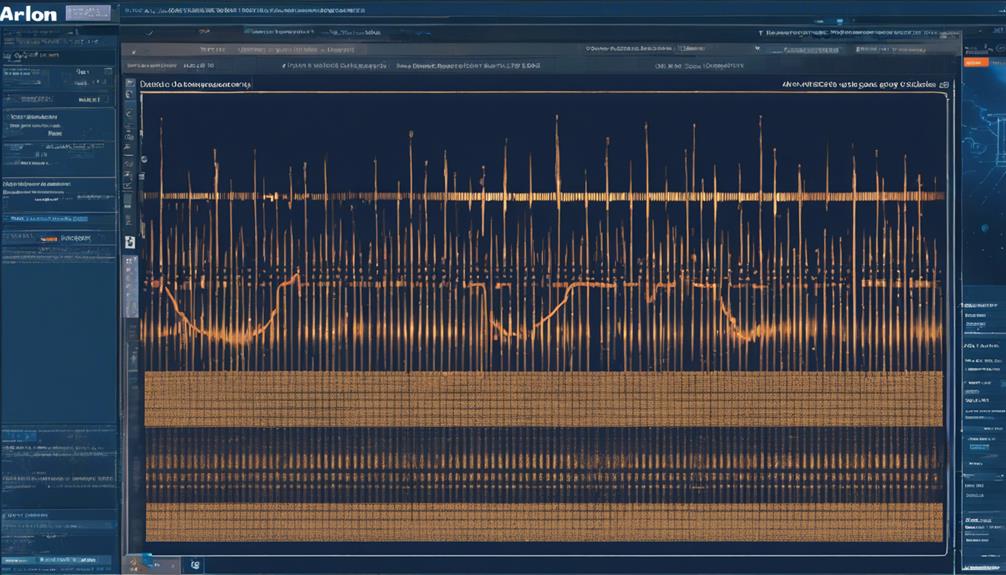
When it comes to high-frequency PCB design, the substrate material's properties play a vital role in ensuring peak performance. Arlon AD250, with its low loss tangent and dielectric constant of 2.5, is specifically engineered to support high-speed signal transmission and minimal signal loss.
Material Properties Matter
Using a substrate material with essential properties is crucial in high-frequency PCB designs, as it greatly influences signal integrity and overall circuit performance. In high-frequency applications, a substrate material with a low dielectric constant (Dk) is desirable to minimize impedance mismatch and guarantee efficient signal transmission. Arlon AD250 substrate, with its low Dk of 2.5, is an ideal choice for high-frequency PCB designs.
| Property | Arlon AD250 | Importance in HF Designs |
|---|---|---|
| Dielectric Constant (Dk) | 2.5 | Minimizes impedance mismatch |
| Loss Tangent | Low | Reduces signal loss |
| Thermal Conductivity | High | Ensures reliability |
| Frequency Stability | Excellent | Suitable for RF and microwave circuits |
| Signal Integrity | Excellent | Maintains signal quality |
The low loss tangent of Arlon AD250 substrate ensures minimal signal loss, while its high thermal conductivity ensures reliability in demanding high-frequency applications. By selecting a substrate material with excellent properties, designers can guarantee signal integrity and minimize signal loss, resulting in high-performance PCBs.
High Frequency Performance
Arlon AD250 substrate's exceptional high-frequency performance is attributed to its unique combination of low dielectric loss, high thermal conductivity, and dimensional stability, making it an ideal choice for demanding high-frequency applications.
The substrate's low dielectric loss guarantees signal integrity, reducing the loss of signal strength in high-frequency circuits. This is critical in high-frequency applications where signal degradation can lead to system failures.
Additionally, Arlon AD250's high thermal conductivity enables it to efficiently dissipate heat, making it suitable for high-power applications.
Key benefits of Arlon AD250 substrate for high-frequency performance include:
- Low dielectric loss for improved signal integrity
- High thermal conductivity for efficient heat dissipation
- Excellent electrical properties for high-performance circuitry
With its exceptional high-frequency performance, Arlon AD250 substrate is a preferred choice for designers and engineers seeking to create high-performance, low-loss circuits for demanding applications.
Taconic TLC-30 High Frequency Material

Taconic TLC-30, a high-frequency substrate material, is distinguished by its exceptionally low dielectric constant (Dk) of 3.0, making it an attractive choice for high-speed signal transmission in RF and microwave applications. This low Dk value guarantees minimal signal loss, allowing for reliable signal transmission in high-frequency PCB designs.
Additionally, TLC-30 features a low dissipation factor (Df), further reducing signal loss and making it ideal for high-frequency applications.
The material's excellent electrical properties enable stable performance across a wide frequency range, up to 30 GHz, making it suitable for microwave applications. The consistent and reliable performance of Taconic TLC-30 has made it a popular choice for high-frequency PCBs.
Its ability to facilitate high-speed signal transmission with minimal signal loss has earned it a reputation as a top substrate material for high-frequency PCB designs. With its exceptional electrical properties and low signal loss, Taconic TLC-30 is an excellent choice for high-frequency applications requiring reliable and high-speed signal transmission.
Isola FR408HR PCB Substrate Material
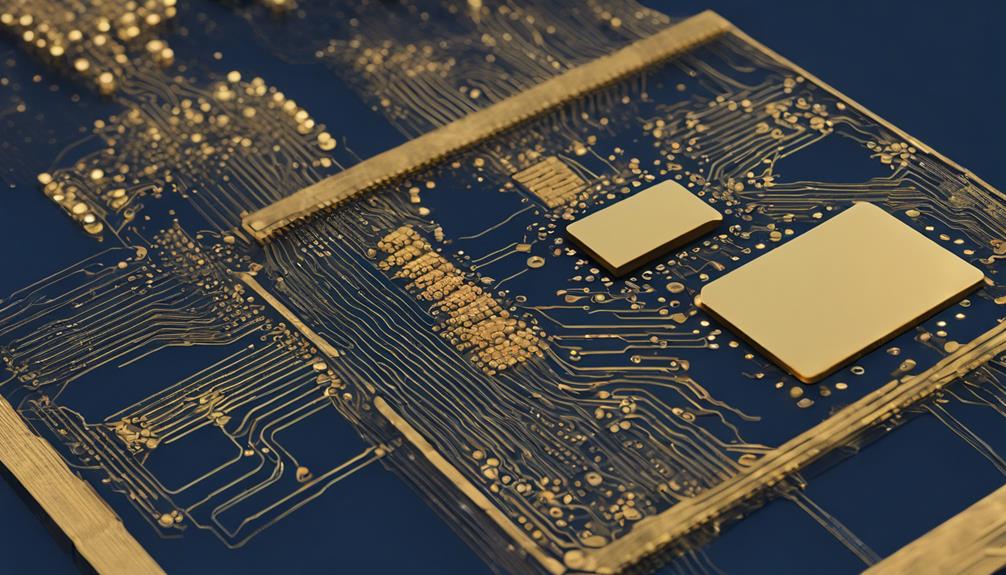
Characterized by its low dielectric constant (Dk) of 3.66, Isola FR408HR is a high-performance PCB substrate material that excels in high-speed and high-frequency applications. This material offers excellent electrical properties, making it an ideal choice for RF/microwave and high-speed digital applications.
- Low dissipation factor (Df) of 0.0067 guarantees minimal signal loss and distortion
- High thermal decomposition temperature (Td) of 400°C supports lead-free assembly processes
- Stable electrical performance over a wide frequency range enables reliable operation in demanding high-frequency PCB designs
Isola FR408HR is a reliable and consistent substrate material, providing superior performance in high-frequency applications. Its low dielectric constant and low dissipation factor make it an excellent choice for high-speed and high-frequency applications, including RF/microwave and high-speed digital designs.
With its high thermal decomposition temperature, FR408HR is suitable for lead-free assembly processes, making it a popular choice among PCB designers and manufacturers.
Parklane PTFE-Based Substrate Material
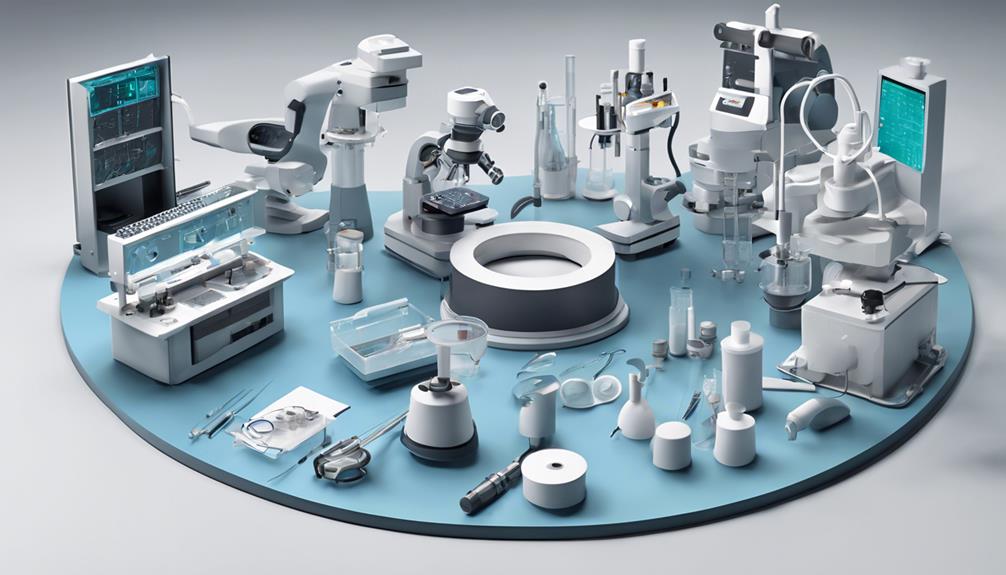
Parklane's PTFE-based substrate materials boast exceptional dielectric properties, characterized by a low dielectric constant (Dk) and low dissipation factor (Df), making them well-suited for high-frequency applications.
The thermal stability of these materials is also remarkable, with high thermal conductivity ensuring reliable performance in demanding environments.
These attributes combine to make Parklane's PTFE substrates an attractive choice for high-frequency PCB designs where signal integrity and minimal signal loss are paramount.
Dielectric Properties
Dielectric properties play an essential role in high-frequency applications, and Parklane PTFE-based substrate materials have been engineered to deliver exceptional performance in this regard. These materials offer a unique combination of properties that make them ideal for high-frequency applications.
- Low dielectric constant (Dk) guarantees minimal signal delay and dispersion, making them ideal for high-speed PCB designs.
- Stable dielectric properties over a wide frequency range guarantee consistent signal integrity and reduced signal loss.
- Low dissipation factor (Df) minimizes signal attenuation, resulting in superior signal quality and reduced power loss.
Thermal Stability
In high-frequency PCB applications, thermal stability is essential, and Parklane PTFE-based substrate materials have been engineered to provide exceptional thermal stability, guaranteeing reliable performance in demanding environments. This is vital in RF and microwave applications where signal integrity is critical.
The thermal stability of PTFE-based materials ensures consistent electrical properties over a wide temperature range, which is crucial for high-frequency operation.
PTFE-based substrates boast low dissipation factor (Df) and high dielectric constant (Dk), enabling efficient signal transmission. This unique combination of properties makes them an ideal choice for high-frequency PCB applications.
The exceptional thermal stability of Parklane PTFE-based materials guarantees reliable performance in demanding high-frequency environments, where temperature fluctuations can be extreme. By maintaining consistent electrical properties, these substrates ensure reliable signal transmission and minimal signal loss.
As a result, Parklane PTFE-based substrate materials are widely used in RF and microwave applications where thermal stability is vital.
Astra MT77 High Frequency Material
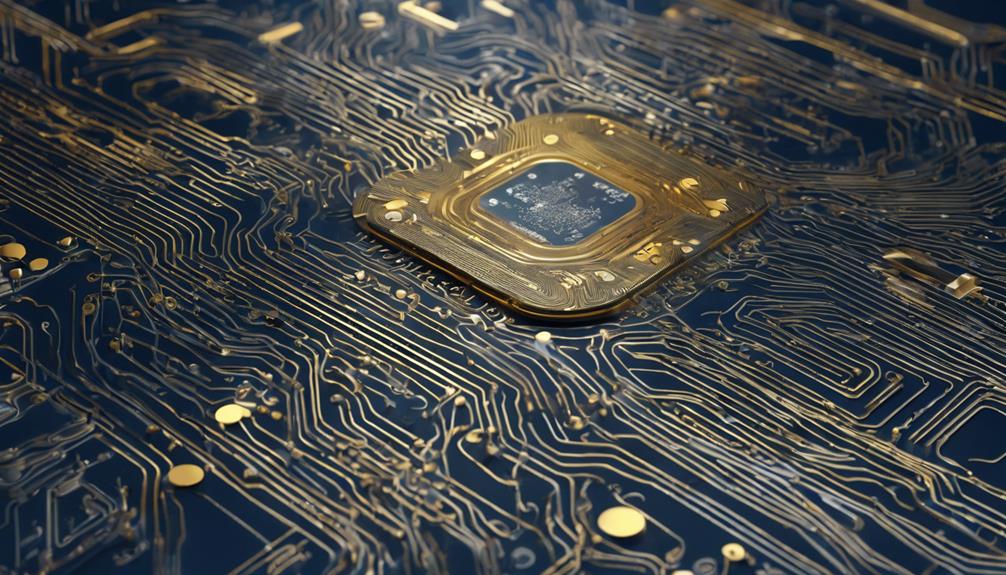
Among the range of high-frequency PCB materials available, Astra MT77 stands out for its exceptional signal integrity and minimal signal loss. This high-frequency PCB material from Isola Corporation offers a low dielectric constant (Dk) of around 3.0, ensuring excellent signal integrity in high-speed digital and RF/microwave applications.
Key benefits of Astra MT77 include:
- Low dissipation factor (Df) for minimal signal loss
- Good thermal performance and reliability for high-frequency PCB designs
- Suitable for high-speed digital and RF/microwave applications
Astra MT77 is an ideal choice for high-frequency PCB designs that require exceptional signal integrity and minimal signal loss. Its low dielectric constant and dissipation factor make it an excellent material for RF/microwave applications, where signal integrity and minimal signal loss are essential.
With its good thermal performance and reliability, Astra MT77 is a reliable choice for high-frequency PCB designs.
Shengyi SF303 High Frequency Material

Shengyi SF303, another high-frequency material from the extensive range of PCB substrate materials, offers a unique combination of electrical and thermal properties that make it an attractive option for RF and microwave applications. With a dielectric constant (Dk) of 3.0 ± 0.04, this high-frequency material is ideal for minimizing signal loss and guaranteeing signal integrity.
Its low dissipation factor (Df) of 0.0037 @10GHz ensures minimal signal loss in high-frequency circuits, making it suitable for demanding high-power applications. The material's thermal conductivity of 0.66 W/m-K provides efficient heat dissipation, further enhancing its reliability in high-power environments.
Additionally, its glass stability temperature (Tg) of 280°C ensures excellent thermal stability, making it suitable for demanding thermal environments. As a cost-effective option, Shengyi SF303 offers reliable performance and signal integrity, making it an attractive choice for high-frequency PCB designs.
Its unique combination of electrical and thermal properties makes it an ideal material for high-frequency applications, including RF and microwave circuits.
Panasonic MEGTRON6 High Frequency Material
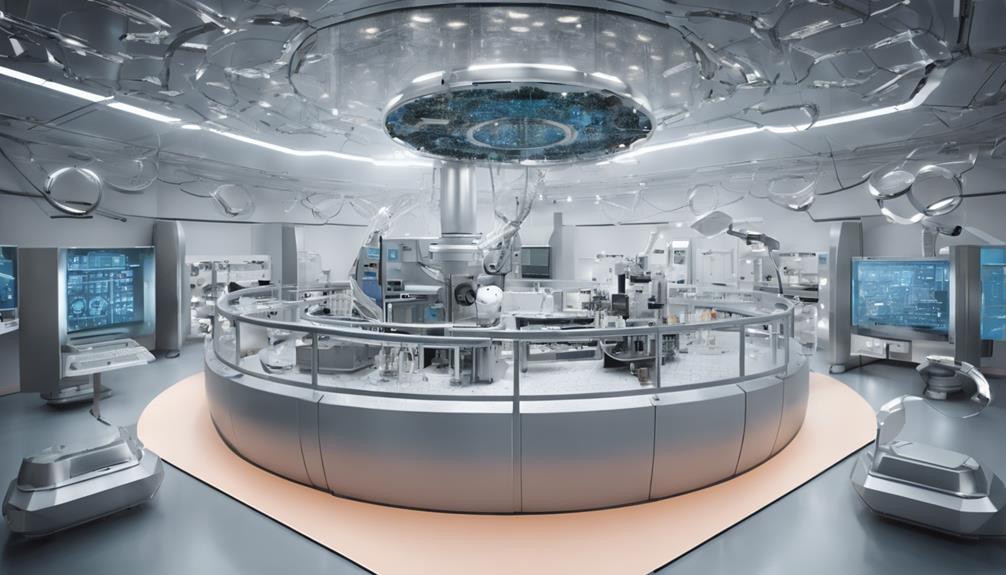
Panasonic MEGTRON6, a high-frequency material optimized for applications above 3GHz, boasts outstanding electrical properties and exceptionally low transmission loss characteristics. This makes it an ideal choice for high-speed designs and RF/microwave applications where signal integrity is paramount.
Some key benefits of Panasonic MEGTRON6 include:
- High thermal conductivity for efficient heat dissipation
- Superior signal integrity for reliable performance
- Advanced electrical properties for high-frequency applications
Panasonic MEGTRON6 is specifically designed for high-frequency PCBs, offering exceptional performance capabilities. Its low transmission loss and high thermal conductivity make it a preferred choice for demanding RF and high-speed designs.
With its advanced electrical properties, Panasonic MEGTRON6 is well-suited for high-speed digital and RF/microwave applications, ensuring reliable performance and signal integrity. Its exceptional properties and performance capabilities make it a top choice for high-frequency PCBs.
Dupont Pyralux LF PCB Substrate
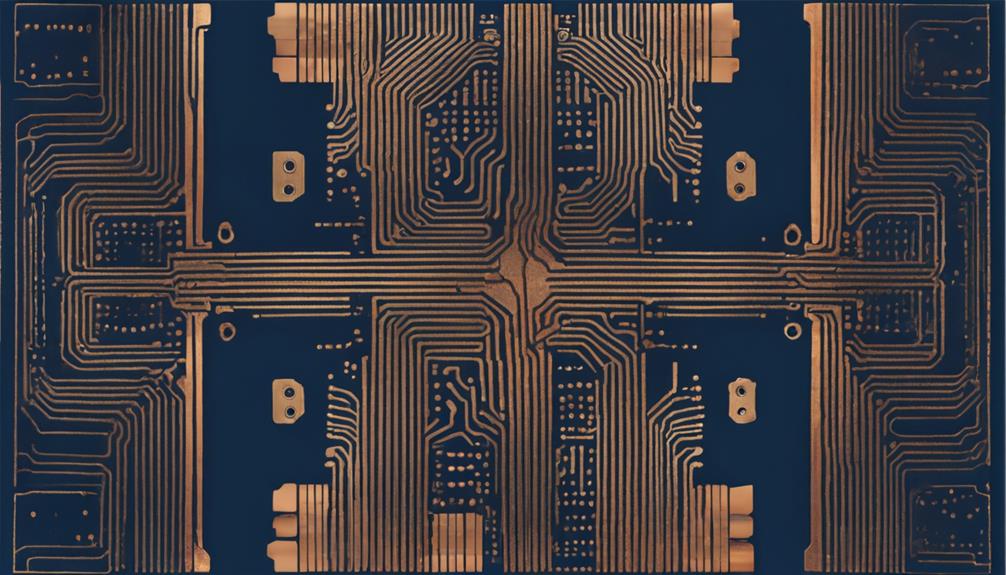
Dupont Pyralux LF, a high-performance flexible PCB substrate material, is renowned for its exceptional high-frequency performance and reliability in demanding applications. This material offers excellent electrical properties, thermal stability, and reliability for high-speed applications, making it an ideal choice for flexible circuits in industries like aerospace, automotive, and telecommunications.
The key benefits of Dupont Pyralux LF are summarized in the table below:
| Property | Description |
|---|---|
| Electrical Properties | Excellent for high-frequency applications |
| Thermal Stability | High thermal stability for reliable performance |
| Signal Integrity | Low insertion loss and high signal integrity |
Pyralux LF provides low insertion loss, high signal integrity, and impedance control, making it suitable for RF and microwave designs. Its superior performance characteristics have led to its widespread adoption in high-frequency applications. With its exceptional high-frequency performance, thermal stability, and reliability, Dupont Pyralux LF is an excellent choice for designers seeking a high-performance flexible PCB substrate material.
Frequently Asked Questions
What Materials Are Used in High-Frequency?
In the high-stakes world of electronics, selecting the right substrate material is essential.
Imagine a Formula 1 race car, where every component is precision-engineered for speed and performance. Similarly, in high-frequency PCBs, the substrate material can make or break the design.
When it comes to high-frequency applications, materials like Teflon, Rogers, and Panasonic substrates are commonly used due to their low dielectric constant (Dk) and dissipation factor (Df), ensuring peak signal integrity and performance.
What Is the Best Material for PCB Design High-Speed?
When designing high-speed PCBs, selecting the best substrate material is essential. The most suitable material for high-speed PCB design depends on specific requirements, such as operating frequency, signal integrity, and thermal considerations.
Rogers materials, like RO4003C and RO4350B, excel in high-frequency applications due to their low dielectric constant and thermal stability. However, Isola I-speed, Isola Astra, and Tachyon are also suitable alternatives, offering low loss and superior performance in high-frequency designs.
How Do You Make High-Frequency Pcb?
To craft high-frequency PCBs, a meticulous approach is vital. It begins with selecting a suitable substrate material, such as Teflon or Rogers, which boasts a low dielectric constant and dissipation factor.
Next, a precise stack-up is determined to optimize performance. Collaborating with PCB suppliers guarantees adherence to design guidelines.
Fabrication involves precise trace routing, controlled impedance, and specialized plating options to minimize signal loss, ultimately yielding high-performance high-frequency PCBs.
What Is the Best PCB Substrate?
When selecting a PCB substrate, the ideal material depends on specific high-frequency application requirements. Key considerations include dielectric constant, loss tangent, thermal conductivity, and impedance control.
Teflon, PTFE, and newer generation materials outperform traditional FR4, offering superior high-frequency performance. Rogers RO4003C, RO4350B, and Isola I-Speed are popular choices due to their low loss characteristics.
A thorough analysis of Dk, Df, thermal properties, and impedance matching requirements is essential for achieving the best signal integrity.


